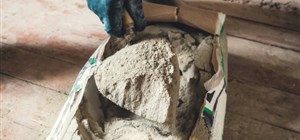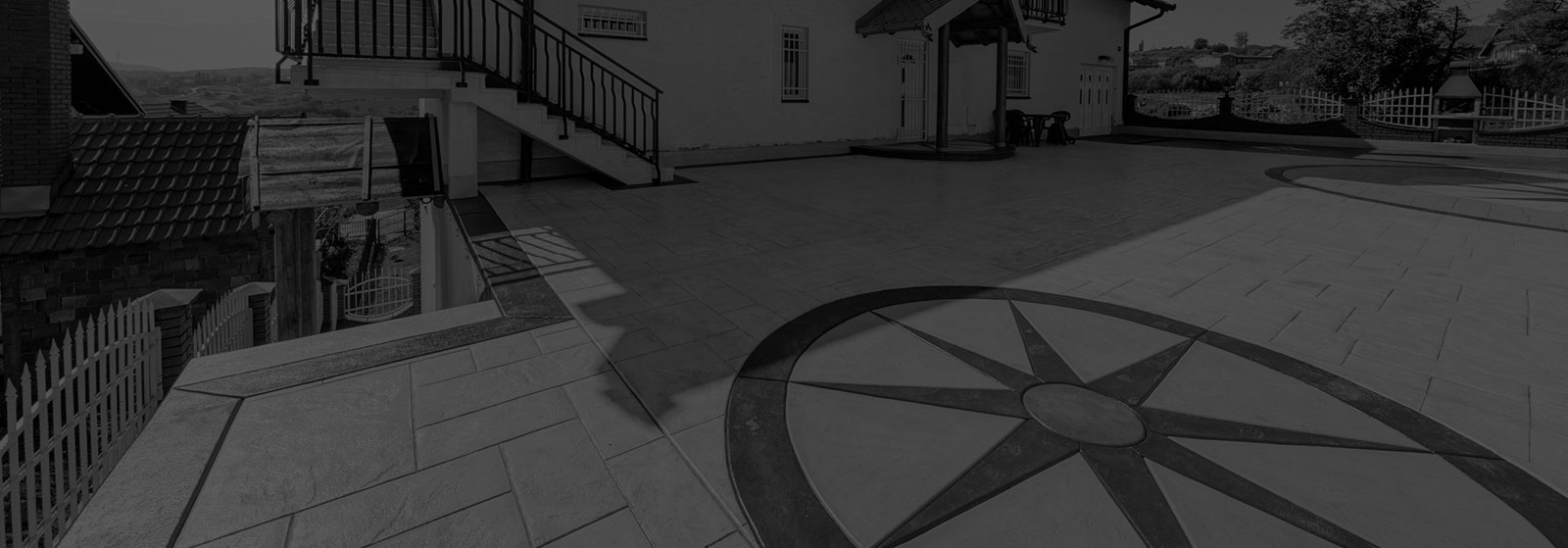Cement and concrete are two building materials that look alike but, in reality, are incredibly different. With unique strengths, compositions, and uses, they each have their niche in construction and decorative projects. As such, homeowners looking to renovate their backyard must understand the difference between the two.
As a local concrete company in New Brighton, Creative Concrete is here to help! Below, you’ll find out the finer details of what separates these two substances from multiple standpoints, and when you may want to use one over the other.
COMPOSITIONAL DIFFERENCES
Cement, in actuality, is an ingredient of concrete. The latter is made up of cement, rock, sand, and water, while the former is a substance all on its own.
Depending on what kind of cement you’re talking about, it can consist of limestone, clay, bauxite (a metal-heavy rock), iron, slate, and shells—and that’s not even an exhaustive list! The most common type of cement used in the concrete industry is called portland cement.
When builders talk about what’s in their cement, they’re referring to a small part of the concrete, not the decorative concrete structure as a whole. While cement is still important from a structural standpoint (we’ll get to the specifics on that in a minute), it’s just a part of the bigger picture that’s the concrete.
DIFFERENT STRUCTURAL ROLES
Concrete and cement play different roles in creating a given structure. Cement is a binding agent; it glues whatever it touches together. Because of this useful property, cement is often used outside of concrete creation and has many versatile roles in the construction industry.
Concrete, on the other hand, is much more well-known for its strength and ease of shaping than its stickiness. Because it can easily be manipulated into various structures, it’s a go-to for creating a wide variety of innovative formations—stamped concrete anyone?
DIFFERENT STRENGTHS
Concrete is much stronger than cement. When combining stone with water and cement and allowing the substance to rest, the results amount to one of the most durable building materials available.
DIFFERENT HISTORIES
How each material was used throughout the centuries speaks to its unique role in construction, though the histories of cement and concrete are intertwined.
Portland cement was invented in 1824 in England, per the International Association of Certified Home Inspectors. Beforehand, a variety of materials were used, including natural deposits of limestone and oil shale that would react to make cement, states the same source. It has its fair share of historical achievements to its name, but they don’t hold a candle to those of concrete; cement has always played second fiddle, being a component of the much-stronger concrete.
Take, for instance, the incredibly tough Roman concrete, which used a unique combination of materials to withstand and thrive in the local seawater, as History.com details. The Hoover Dam is also made out of concrete, as are a number of notable skyscrapers across the world.
No matter which way you slice it, cement has always taken the backseat to concrete in terms of impressiveness—though it remains important, as without it, concrete wouldn’t exist!
DIFFERENT STYLISTIC ROLES
Cement is much more of a function-based material. Its role is to bind things together, not to necessarily look gorgeous—though we’re sure you could find ways to make it appealing. Concrete, on the other hand, is known for its stylistic versatility. No longer just restrained to the same boring gray, you now have the option to include anything from colors to paver-like textures to your finished product.
Just take a look at some of the highlights in our blog! We’ve touched on a few notable colors, as well as a few gorgeous finishes. The flexibility concrete lends to any project cannot be overstated. There’s a reason so many homeowners these days are gravitating towards stamped concrete for their outdoor renovations, after all!
CREATIVE CONCRETE: RESIDENTIAL CONCRETE CONTRACTORS NEAR YOU
With our thorough knowledge of our craft and drive to provide great service, Creative Concrete is the obvious choice for all your decorative concrete needs. Give our New Brighton office a call today at 612-414-7932.



